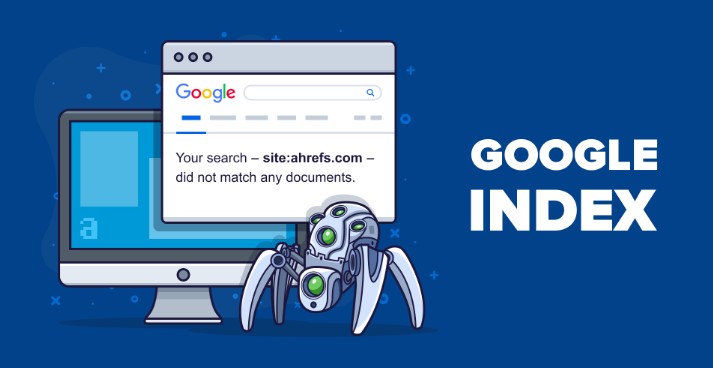2. **Mobile-Friendly Design:** Optimize your website for mobile devices. With the increasing number of mobile users, having a responsive design is crucial for both user experience and search engine rankings.
3. **Site Structure and Navigation:** Ensure your website has a clear and intuitive structure with well-defined categories and navigation. This helps search engine crawlers understand the organization of your content and improves user experience.
4. **Regularly Update Content:** Regularly update and add fresh content to your website. This signals to search engines that your website is active and provides users with up-to-date information.
Baca Juga:Awas Ketipu! Cara Cek Nokia 5200 Sebelum Kamu Beli!Harga dan Spesifikasi Vivo Y22 Lengkap 2023: Smartphone Terbaru dengan Fitur Unggulan
5. **Social Media Integration:** Integrate social media sharing buttons into your website to encourage visitors to share your content. Social signals can indirectly impact search rankings and attract more traffic to your site.
6. **Monitor Analytics:** Utilize website analytics tools to monitor user behavior, track organic traffic, and identify areas for improvement. Analyzing data can help you make informed decisions to optimize your website’s performance.
Conclusion
Index your website on Google is an essential step in gaining online visibility and attracting organic traffic. By following the step-by-step process outlined in this guide, you can ensure that your website’s pages are indexed effectively and improve your search rankings. Remember to create a sitemap, submit it to Google, optimize your website for search engine crawlers, build high-quality backlinks, and regularly monitor your indexing status. Implementing these best practices will help your website stand out, drive more organic traffic, and ultimately contribute to your online success. Start index your website today and unlock its full potential on the world’s most popular search engine, on Google.
